
Sexually Transmitted Diseases
Latest News

Latest Videos

CME Content
More News

A recent study emphasizes the genetic diversity within the ompA-genotype L2b clade, enhancing our understanding of sexually transmitted infections and how they are transmitted.

Jaime Garcia-Iglesias, PhD discusses community involvement, holistic benefits, and strategies for equitable rollout of doxycycline post-exposure prophylaxis.

The Prescription Drug User Fee Act (PDUFA) date is set for June 19. And if it is approved, it would be the first and only twice-yearly HIV pre-exposure prophylaxis (PrEP).

Cabotegravir (Vocabria) + rilpivirine (Rekambys) is the first and only complete long-acting injectable regimen for the treatment of HIV.

Roche's cobas liat molecular tests for chlamydia, gonorrhea, and Mycoplasma genitalium provide fast, accurate diagnoses in under 20 minutes.

In persons living with HIV and diabetes, the management of diabetes is lagging behind the evidence. Despite SGLT-2 inhibitors demonstrating robust clinical data in the general population, they are grossly underused in persons with HIV and diabetes.

New findings explore how HSV-1 infection influences tau phosphorylation via the cGAS-STING-TBK1 pathway, offering potential therapeutic avenues for Alzheimer's treatment.

In a retrospective cohort study, a health system found this form of prophylaxis led to substantial reductions in 2 of 3 sexually transmitted infections (STIs) in a mostly male population.

During its 2 phase 3 clinical trials, the twice-yearly prophylaxis injection was found to be highly efficacious in preventing infection.

Sexual transmission was confirmed for nine of the 22 viruses studied, including Ebola, Zika, and mpox, making it a key factor in ongoing disease spread.

This comes after Japan recently announced it will donate over 3 million doses of the mpox vaccine, LC16m8 to a country in Africa.

The significance of antiretroviral therapy (ART) has been a game changer for people living with HIV (PLWH). Still, there are some cardiovascular risks associated with different ART classes—particularly protease inhibitors (PIs), non-nucleoside reverse transcriptase inhibitors (NNRTIs), and integrase strand transfer inhibitors (INSTIs). Authors review a piece in the literature around this area of study.
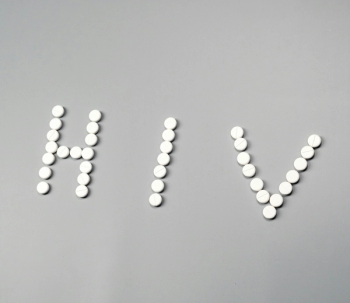
The late-breaking ID Week session reported on the once-weekly oral regimen being studied for use in people with HIV who are virologically suppressed.
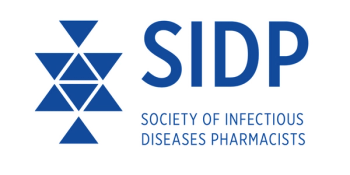
In the third installment of our series on injectables, long-acting injectables offer new treatment and prevention options for HIV, especially benefiting patients who struggle with daily oral medications.

The organization's designation for the Bavarian Nordic’s MVA-BN (Jynneos) mpox vaccine is aimed at helping with the public health response, especially in Africa, where incidences rates continue to increase.

Gilead’s HIV-1 capsid inhibitor, which is a twice-yearly injection, was more effective than a daily Truvada pill in a phase 3 trial.
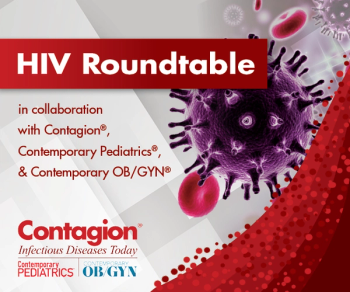
In this episode, clinicians discuss challenges associated with these topics and offer management insights on them.
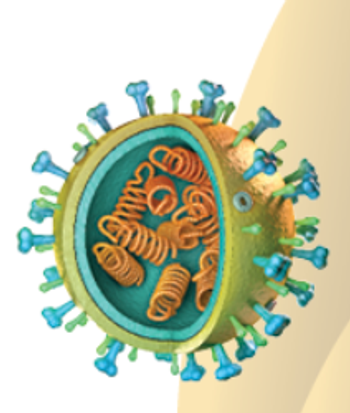
In this case study, clinicians review a challenging case.

NOWDiagnostics' represents a new option for early syphilis detection and aligns with ongoing efforts to improve STI screening.
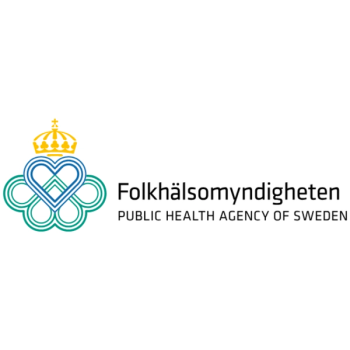
The Public Health Agency of Sweden reported the individual sought care at Region Stockholm and has been diagnosed with mpox caused by clade I.
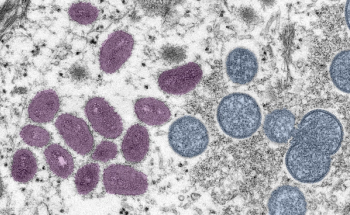
The vaccine, Jynneos, manufactured by Bavarian Nordic, is being shipped to Africa to address the ongoing mpox outbreak.

The federal agency says the ongoing outbreak of the clade 1 variant in the Democratic Republic of Congo has been reported in neighboring countries.

A pilot study looked at offering this form of pre-exposure prophylaxis (PrEP) to a select population to see if it could be effective in preventing sexually transmitted infections (STIs).

The WHO reports the variant, clade I MPXV, has been circulating in a region within the Democratic Republic of Congo since last year.

A continued clarion call is being sounded about the drug-resistant pathogen.

























































































































































































































































































